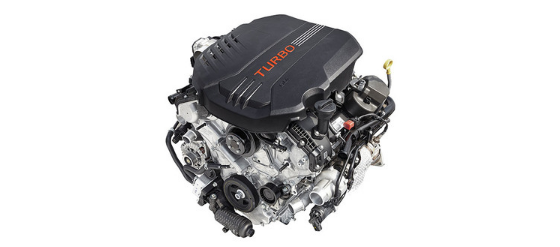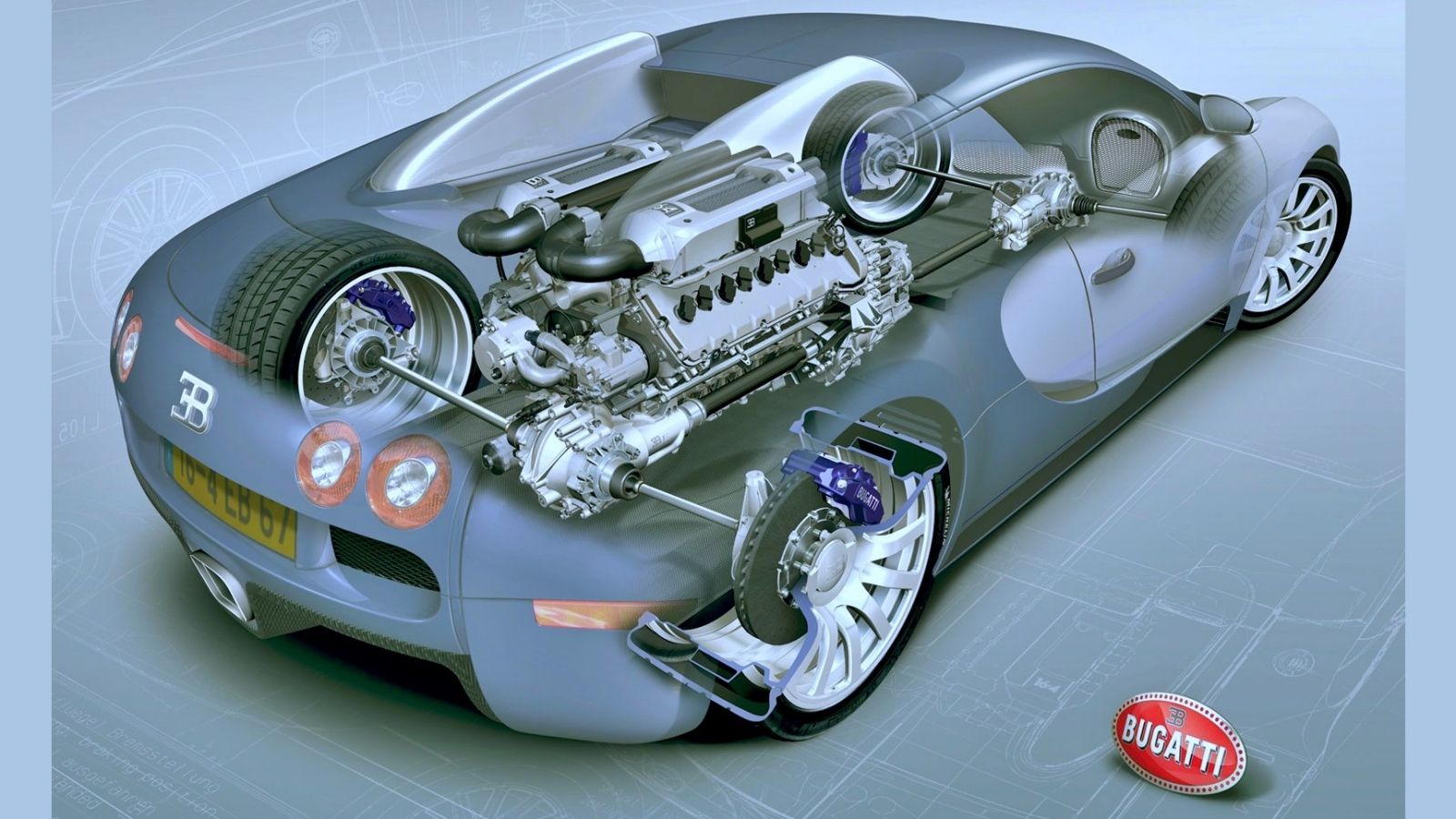Engines for Africa Available Currently! See Our Trusted Auto Components Store
Engines for Africa Available Currently! See Our Trusted Auto Components Store
Blog Article
The Quest for Ultimate Driving Power: Examining the Pinnacle of Engine Performance and Technological Advancements in the Automotive Industry
In the realm of vehicle engineering, the pursuit of maximum driving power has been an unrelenting pursuit that has actually unfolded through the evolution of engine layout and the assimilation of advanced innovations. From the meticulous workmanship of combustion engines to the quick innovations in electrical propulsion systems, the automotive field stands at the cusp of a brand-new era characterized by extraordinary efficiency capabilities. As designers and scientists dive deeper right into the worlds of computational fluid dynamics and explore cutting-edge fuel technologies, the perspective of opportunities expands exponentially. Keep tuned as we decipher the intricate tapestry of technical advancements that are forming the future of vehicle power and performance.
Advancement of Engine Layout

Furthermore, the combination of turbocharging and turbo charging technologies has reinvented engine design by enhancing power without dramatically increasing engine size. These forced induction systems compress the intake air, enabling even more fuel to be ignited, thus creating better power output from a smaller engine. This improvement has actually been especially critical in enhancing the performance of smaller sized variation engines while preserving gas effectiveness requirements.

Performance-Enhancing Fuel Technologies
The execution of advanced gas technologies has actually substantially added to boosting engine performance in contemporary vehicles. From traditional fuel and diesel to innovative biofuels, artificial gas, and hydrogen, the automobile market is experiencing a revolution in gas alternatives. Biofuels, derived from sustainable sources like algae, sugarcane, or corn, offer minimized exhausts and enhanced engine effectiveness. Artificial fuels, produced with chemical processes, give high octane ratings, enhancing power result. Hydrogen fuel cells, although still in the beginning of adoption, reveal fantastic assurance due to their zero-emission nature and potential for high efficiency. Furthermore, gas additives and detergents are being formulated to clean engine components, optimize combustion, and decrease friction, thus improving general automobile efficiency. With recurring r & d, the pursuit for the utmost driving power proceeds, as designers make every effort to open the full capacity of performance-enhancing fuel technologies in the automobile industry.
Innovations in Electric Propulsion
Considerable strides in electrical propulsion innovation have actually reinvented the automobile sector, leading the way for a brand-new period of reliable and sustainable transport. Electric cars (EVs) are gaining popularity as a result of their environmental advantages and innovations in battery technology, enabling longer driving ranges and much shorter billing times. Producers are spending heavily in r & d to boost the performance of electric propulsion systems, concentrating on raising power output, enhancing power efficiency, and decreasing general weight.
One notable advancement in electric propulsion is the development of advanced electrical motors that provide greater torque and power density, resulting in improved velocity and total driving efficiency. Furthermore, regenerative braking systems have been refined to record and keep energy throughout slowdown, additional increasing the performance of EVs.
Furthermore, the combination of clever innovations, such as synthetic intelligence and predictive analytics, is maximizing the administration of electric propulsion systems, ensuring optimum performance under different driving problems. These advancements in electrical propulsion are reshaping the auto landscape, driving important link the industry towards an extra sustainable and energized future.
Effect of Computational Fluid Characteristics
With innovations in electric propulsion pressing the limits of automotive modern technology, the combination of Computational Fluid Dynamics is playing a critical duty in enhancing aerodynamic efficiency and improving overall effectiveness in car design. Computational Liquid Dynamics (CFD) includes the usage of computer simulations to assess the flow of air around an automobile, enabling designers to predict exactly how design modifications will certainly impact the rules of aerodynamics without the demand for costly physical models. By properly modeling airflow patterns, CFD permits for the refinement of automobile shapes to minimize drag, improve air conditioning, and enhance stability.
CFD makes it possible for designers to enhance air flow around components such as radiators, engine bays, and wheel wells, contributing to boosted efficiency and general driving experience. In verdict, the combination of Computational Fluid Dynamics stands for a considerable step ahead in the quest for best driving power and efficiency in the auto market.
Future Trends in Engine Innovation
In the vibrant landscape of automotive design, sophisticated improvements are shaping the future trajectory of engine technology. The future of engine style is noted by a strong focus on sustainability, effectiveness, and performance. Manufacturers are significantly concentrating on developing engines that not just provide high power results however also focus on environmental duty by decreasing exhausts and boosting fuel effectiveness.
One prominent trend in engine innovation is the increase of electrification. Crossbreed and electric powertrains are gaining grip as feasible alternatives to standard combustion engines. These innovations supply the potential for considerable reductions in carbon emissions and boosted power performance, aligning with international efforts to fight environment adjustment.
Furthermore, improvements in Extra resources materials scientific research and manufacturing techniques are making it possible for the production of lighter and extra durable engine components. This change towards lightweight materials such as carbon fiber and aluminum alloys adds to enhanced performance and fuel economic situation.
Verdict
In conclusion, the pursuit of ultimate driving power in the automotive field remains to YOURURL.com drive improvements in engine style, fuel innovations, electric propulsion, and computational fluid dynamics. The evolution of these modern technologies is forming the future of engine technology, leading the way for much more effective and effective cars (engines for africa). As the market remains to push the boundaries of what is feasible, we can anticipate to see much more groundbreaking growths in the pursuit for peak performance
One of the essential milestones in engine design advancement is the change from traditional carbureted engines to modern-day fuel-injected systems. By specifically metering the fuel distribution to each cylinder, fuel-injected engines maximize burning, resulting in much better performance and lowered environmental effect.
In addition, the combination of turbocharging and supercharging modern technologies has actually revolutionized engine design by increasing power without dramatically enhancing engine dimension (engines for africa).The application of advanced gas technologies has actually significantly contributed to enhancing engine performance in contemporary lorries. In addition, gas ingredients and detergents are being formulated to clean engine parts, optimize combustion, and lower friction, thereby enhancing total lorry performance
Report this page